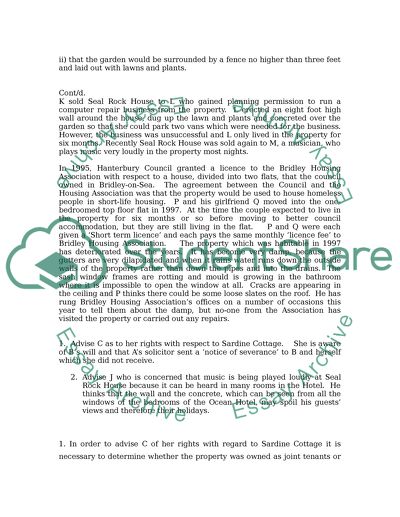Cite this document
(Land Law Case Analysis Assignment Example | Topics and Well Written Essays - 2500 words - 6, n.d.)
Land Law Case Analysis Assignment Example | Topics and Well Written Essays - 2500 words - 6. https://studentshare.org/law/1555107-land-law
Land Law Case Analysis Assignment Example | Topics and Well Written Essays - 2500 words - 6. https://studentshare.org/law/1555107-land-law
(Land Law Case Analysis Assignment Example | Topics and Well Written Essays - 2500 Words - 6)
Land Law Case Analysis Assignment Example | Topics and Well Written Essays - 2500 Words - 6. https://studentshare.org/law/1555107-land-law.
Land Law Case Analysis Assignment Example | Topics and Well Written Essays - 2500 Words - 6. https://studentshare.org/law/1555107-land-law.
“Land Law Case Analysis Assignment Example | Topics and Well Written Essays - 2500 Words - 6”. https://studentshare.org/law/1555107-land-law.


